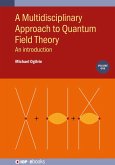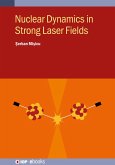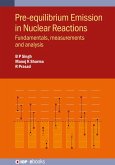The first volume of Quantum Mechanics for Nuclear Structure introduced the reader to the basic elements that underpin the one-body formulation of quantum mechanics. Volume two follows on from its predecessor by examining topics essential for understanding the many-body formulation. The algebraic structure of quantum theory is emphasised throughout as an essential aspect of the mathematical formulation of many-body quantum systems.
Dieser Download kann aus rechtlichen Gründen nur mit Rechnungsadresse in A, D ausgeliefert werden.









